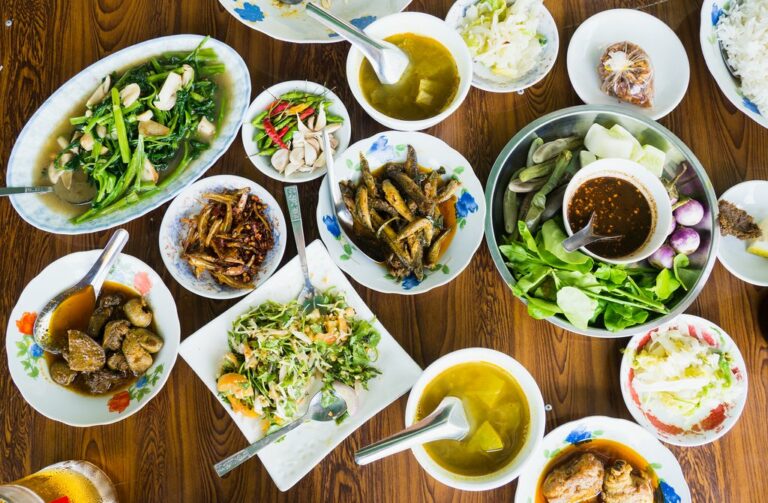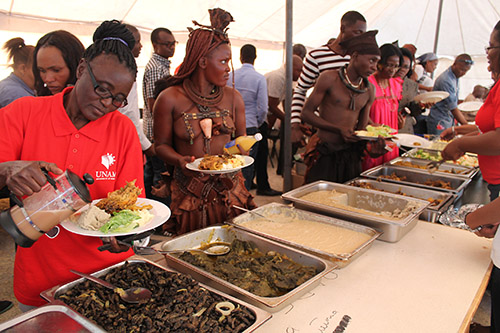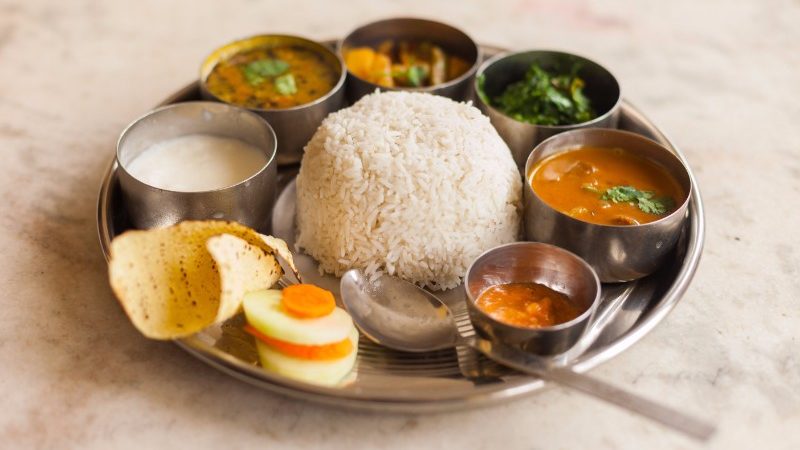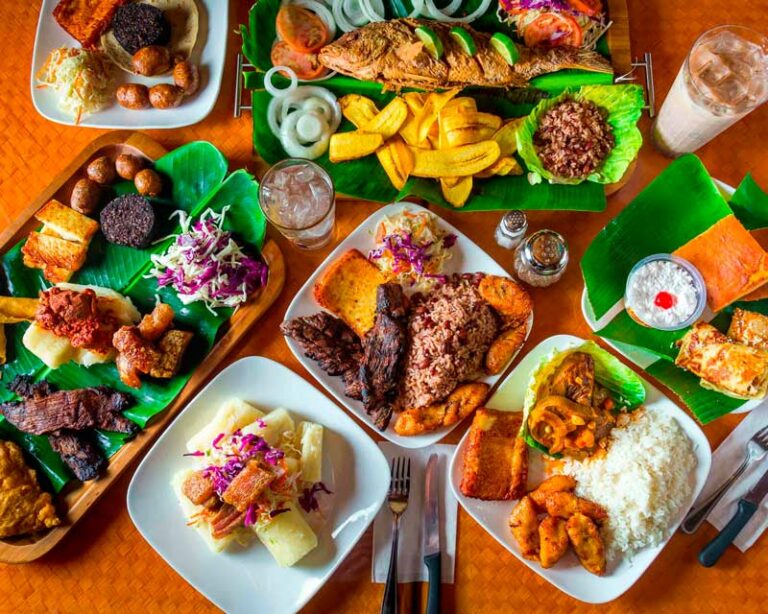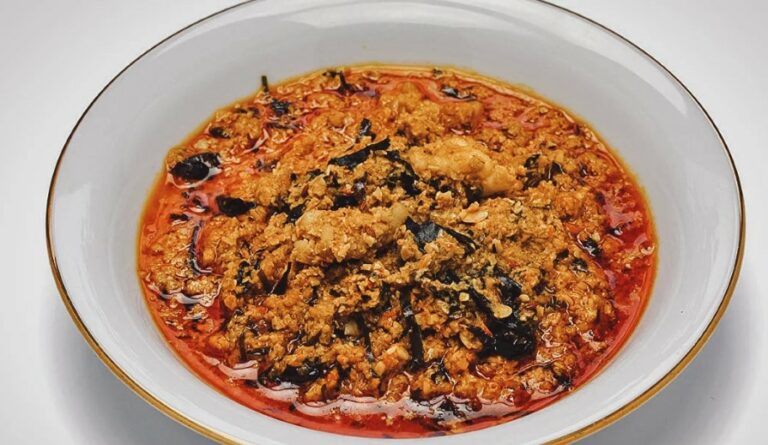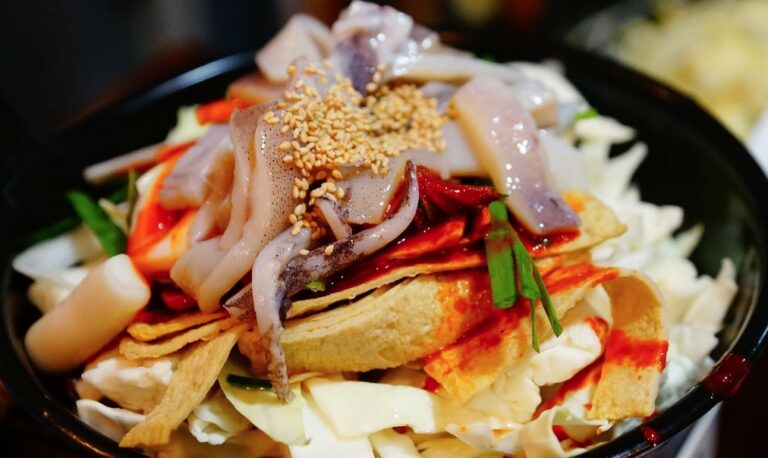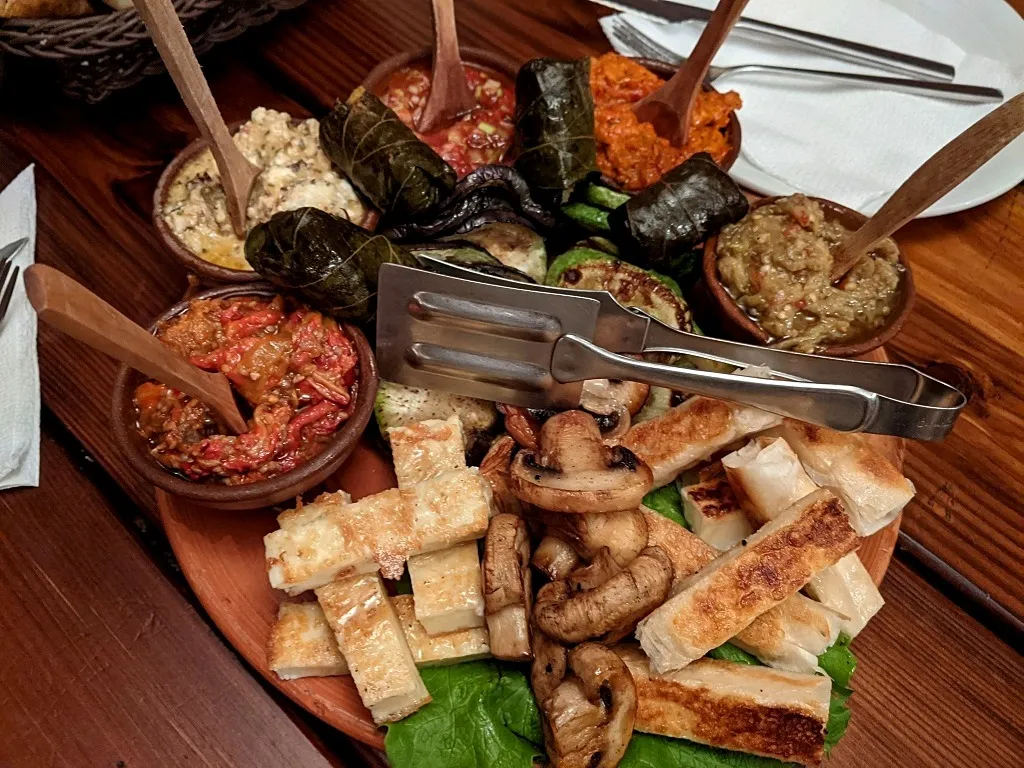Introduction: Exploring Myanmar’s street food scene
Myanmar’s street food scene is a vibrant and bustling intersection of cultures, flavors, and traditions. With a long history of trade and exploration, Myanmar’s street food reflects a diverse range of influences – from Indian curries to Thai spices and Chinese stir-fries. Whether you’re a local looking for a quick bite or a visitor seeking to experience Myanmar’s rich culinary heritage, the country’s street food is sure to satisfy your appetite.
Traditional dishes: From mohinga to shan noodles
At the heart of Myanmar’s street food scene are its traditional dishes. Mohinga, a fish-based soup with noodles and vegetables, is a staple breakfast food that can be found in almost every corner of the country. Another popular dish is shan noodles, a type of rice noodle dish that is typically served with chicken or pork and a spicy tomato sauce. Other must-try dishes include ohn no khao swè, a coconut-based chicken curry, and laphet thoke, a tangy salad made with fermented tea leaves.
Regional variations: Explore the flavors of Mandalay, Yangon, and more
Myanmar’s street food scene is as diverse as its geography. Each region of the country has its own unique flavors and specialties. In Yangon, for example, you can find a wide variety of Indian-inspired dishes like samosas and biryanis, while in Mandalay, you can try the famous mutton curry and Mandalay-style noodles. In the Shan State, you’ll find a range of spicy soups and stews that reflect the region’s close ties to Thailand.
Popular vendors: Meet the faces behind the carts and stalls
The vendors who sell street food in Myanmar are an integral part of the country’s culinary scene. Many of them have been selling food on the streets for generations, passing down their recipes and techniques from one generation to the next. Some of the most popular street food vendors in Myanmar include Ma Pu Su’s Tea Leaf Salad in Mandalay, which is famous for its laphet thoke, and Rangoon Tea House in Yangon, which serves up a range of traditional and modern Myanmar dishes.
Challenges and opportunities: Navigating hygiene and sustainability
While Myanmar’s street food scene is beloved by locals and visitors alike, there are also challenges to be addressed. One of the biggest concerns is hygiene, as many street food vendors operate without access to proper sanitation facilities. There are also questions about the sustainability of street food, as some vendors rely on single-use plastic utensils and containers. However, there are opportunities to address these challenges, such as by promoting sustainable practices and investing in infrastructure to improve hygiene.
Future of street food in Myanmar: Trends and predictions
The future of Myanmar’s street food scene is bright, with many vendors and organizations working to promote the country’s culinary heritage and improve the sustainability of street food practices. One trend to watch is the rise of vegetarian and vegan street food options, which are becoming increasingly popular among health-conscious consumers. There are also opportunities for street food vendors to expand their offerings and reach new audiences, such as by partnering with hotels and restaurants to offer catering services. Overall, Myanmar’s street food scene is a dynamic and exciting part of the country’s cultural identity, and it is sure to continue to evolve and grow in the years to come.

